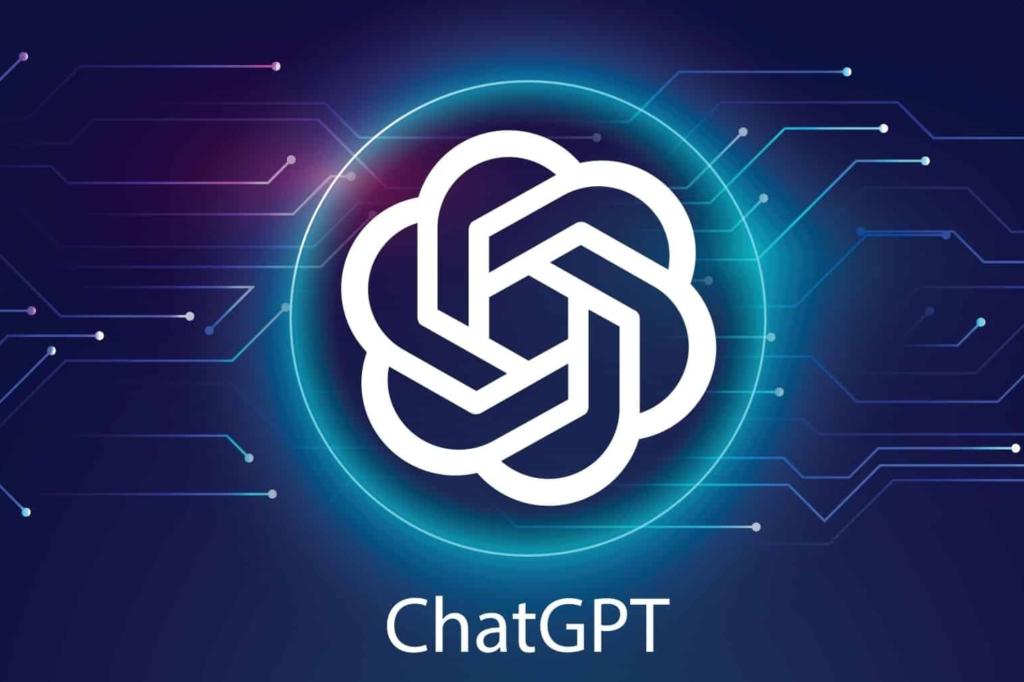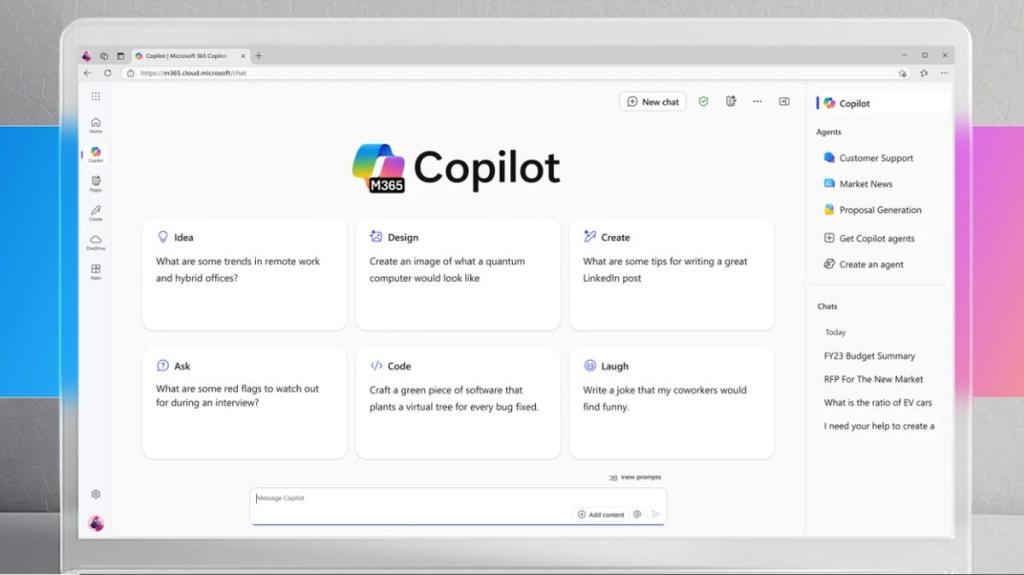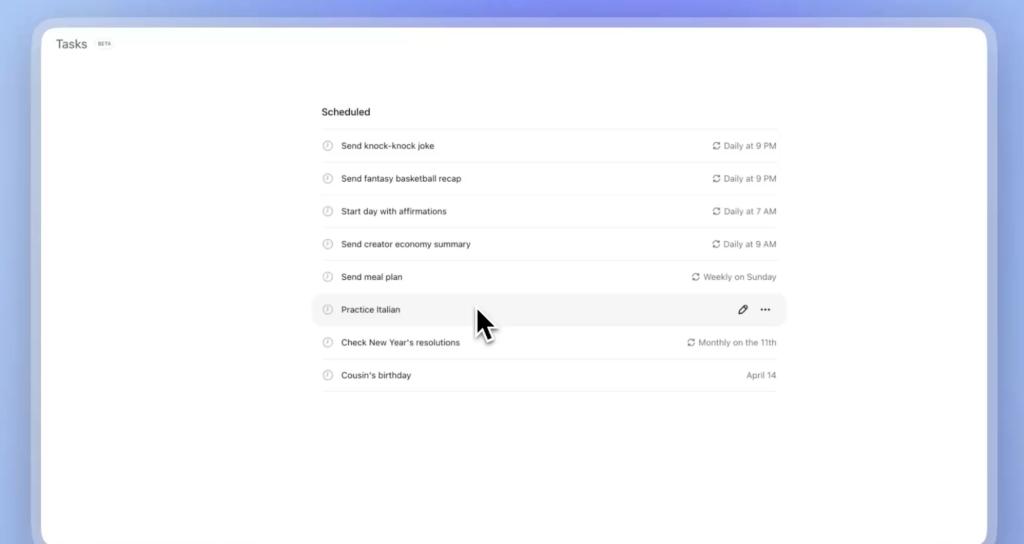Revolutionizing AI with OpenAI's New o1 Reasoning Model
Explore how OpenAI's o1 model enhances reasoning capabilities, outperforming previous versions and opening new possibilities in AI applications across various fields.

Key Points
- OpenAI
's o1 model prioritizes thoughtful reasoning, achieving an impressive 83% accuracy in complex tasks compared to just 13% with GPT-4o.
- This advanced AI utilizes chain-of-thought processing, allowing it to refine answers and correct mistakes, enhancing reliability across various applications.
- While o1 is not yet a complete replacement for GPT-4o, its capabilities signify a promising shift toward more intelligent and human-like AI interactions.
In the ever-evolving world of artificial intelligence, remarkable advancements are ushering in a new era of reasoning and problem-solving capabilities. The recent launch of OpenAI's o1 model is a testament to the potential of AI to mirror human-like cognitive processes more closely than its predecessors, paving the way for exciting possibilities in various fields.
What is OpenAI's o1 Model?
The o1 model, launched by OpenAI, stands out as a significant step forward in AI technology. Unlike earlier iterations, which primarily focused on speed, o1 prioritizes thoughtful reasoning. This model is designed to "spend more time thinking before they respond", a concept that may sound familiar, but this isn't merely a marketing gimmick. It incorporates techniques such as chain-of-thought reasoning, allowing it to tackle complex problems like a human would.

The Power of Reasoning
One of the most striking features of the o1 model is its performance in complex reasoning tasks. In various tests, such as the International Math Olympiad, o1 outperformed the previous GPT-4o model significantly. While GPT-4o managed to solve only 13% of the problems correctly, o1 achieved an impressive 83%. This leap in accuracy can be attributed to deep-rooted advancements in the model's cognitive processing capabilities.
Moreover, o1 has shown impressive results in fields like programming, biology, and chemistry, often matching or exceeding the abilities of individuals with PhDs in challenging subjects. OpenAI asserts that their new model learns to refine its thought process and recognize errors through reinforcement learning, akin to how humans naturally improve through experience.
Real-World Applications
The potential applications for o1 are vast and varied. For instance, in scientific research, it can assist researchers in analyzing complex data from cellular sequencing, generating intricate mathematical formulas needed for quantum optics, or even streamlining software development processes. Its enhanced reasoning abilities have opened doors to more accurate and reliable outputs across industries.
As articulated by OpenAI's technical director,
, o1 is not merely a replacement for GPT-4o but rather a companion tool that complements existing models. This dual approach — employing both increased computational power and enhanced reasoning — sets the stage for a next-generation AI that can tackle diverse and advanced tasks.
Limitations and Future Prospects
Despite its impressive capabilities, o1 is not without limitations. As it is in the early stages of development, certain features that enhance user experience, such as web browsing and multimodal inputs (for analyzing images or audio), are not yet fully operational. Therefore, for many common tasks, GPT-4o remains a more efficient option in the short term.
However, the potential for future updates to merge the strengths of o1 and GPT-4o could yield a more comprehensive tool that would cater to a broader range of needs. As researchers and industry experts continue refining these models, the outlook for AI's role in decision-making and problem-solving appears more promising than ever.
A New Paradigm in AI Development
As we delve deeper into the capabilities of o1, it becomes evident that this model represents a paradigm shift in how we conceive AI's reasoning abilities. While it may not reach the lofty goal of artificial general intelligence (AGI) soon, it lays a crucial foundation for future advancements. Experts in the field, including
from
, caution against overestimating its impact, noting that it is, at best, an important engineering feat without being the long-sought AGI.
Nevertheless, o1's iterative reasoning process — which allows it to review its own outputs and correct errors before presenting solutions — is a significant step forward. This approach is particularly valuable in programming and data analysis, where accuracy and reliability are paramount. In scenarios where minimizing mistakes is critical, o1 emerges as an invaluable asset.
OpenAI's commitment to improving its models shows considerable promise for the future. The excitement surrounding o1 and the exploration of its capabilities indicate that the landscape of AI is rapidly changing. We stand expectantly on the brink of benefiting from smarter, more efficient AI tools that can genuinely enhance our working and problem-solving environments.
With ongoing developments and potential collaborations, the future of AI seems bright, and the introduction of models like o1 marks just the beginning of a new chapter in our journey toward understanding and harnessing the full power of artificial intelligence.


